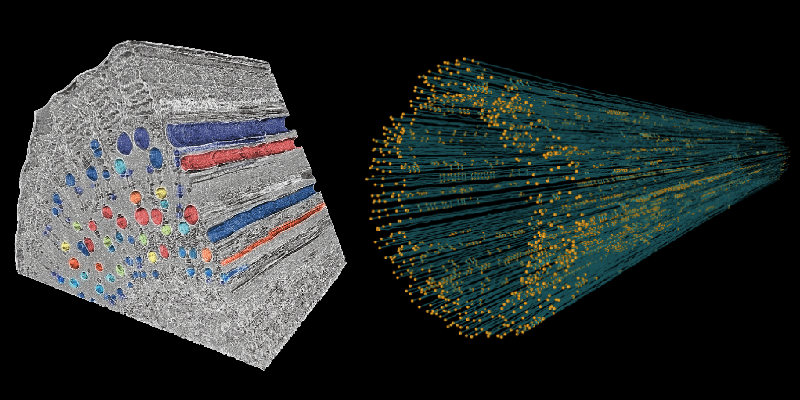Department of Population Ecology - The Institute of Botany of the Czech Academy of Sciences

 the largest centre of botanical research in the Czech Republic
the largest centre of botanical research in the Czech Republic
Department of Population Ecology > 10. Scaling plant hydrodynamic function
Department of Population Ecology
10. Scaling plant hydrodynamic function
Scaling plant hydrodynamic function
Plants must acquire and move sufficient water resources to sustain carbon capture for photosynthesis. Small-scale plant hydraulic processes constrain plant evolution and mediate large-scale exchanges of carbon, water, and energy between the land surface and atmosphere. We aim to bridge scales of plant hydraulic description to reveal how emergent dynamics arise out of smaller-scale plant functioning. Improving our mechanistic understanding of plant hydrodynamics in this way is a key to understanding the place of plants in a changing world.
Projects:

